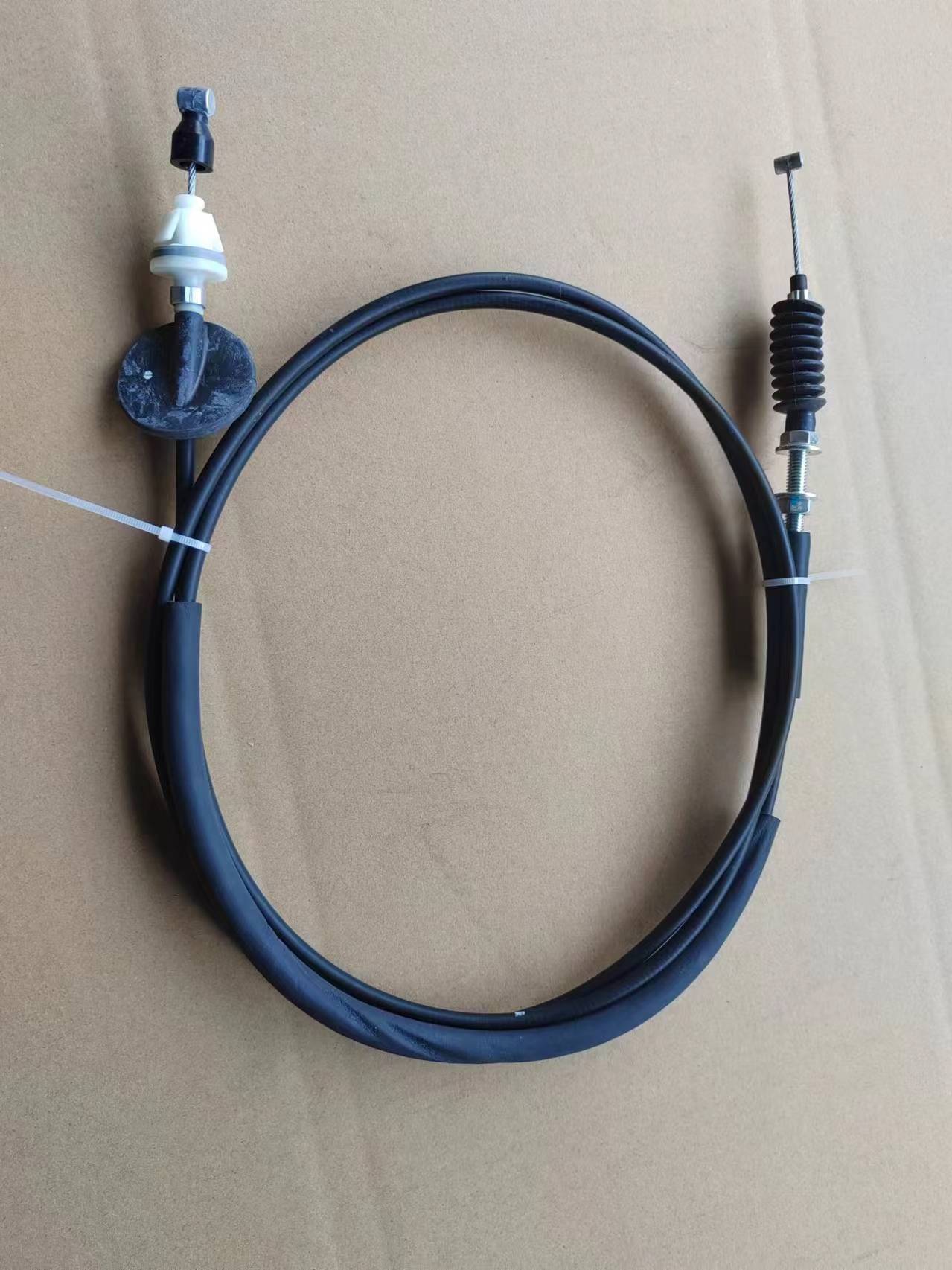auto gear cable
Understanding Auto Gear Cables Essential Components for Smooth Gear Shifting
Auto gear cables play a crucial role in the functionality of a vehicle's transmission system. They are key components that facilitate the smooth transition of gears, ensuring that drivers experience seamless operation while driving. Understanding the construction, functioning, and maintenance of auto gear cables is essential for vehicle owners, especially those who drive manual transmission cars.
What are Auto Gear Cables?
Auto gear cables are flexible, wire-based mechanisms that connect the gear shifter to the transmission system. These cables are responsible for transmitting the driver’s gear selection from the shifter to the gearbox. In manual cars, they make it possible to engage or disengage different gears. Generally constructed from durable materials like stainless steel, these cables are designed to withstand high levels of tension and wear over time.
How Do Gear Cables Function?
The operation of auto gear cables is relatively straightforward. When a driver shifts gears, the movement of the gear stick pulls or pushes the connected cable. This action transmits a signal to the transmission, enabling the gear change. The gear cable is engineered to operate smoothly, providing the driver with feedback through the gear stick. An efficient gear cable will make gear changes feel effortless, enhancing overall driving experience.
In many modern vehicles, electronic gear shifting has begun to replace traditional mechanical systems. However, even in these systems, cables may still play a role, particularly in connecting the vehicle’s computer system to the physical components in the transmission.
Common Issues with Gear Cables
Despite their robustness, auto gear cables can encounter problems over time
. Some common issues include1. Cable Fraying or Stretching Continuous use can lead to the cable fraying or stretching, resulting in inefficient gear shifting. A frayed cable may also pose a risk of snapping during operation.
2. Binding If the cable housing is damaged or if dirt and debris infiltrate the mechanism, the cable might bind, leading to a delayed or inaccurate gear shift.
auto gear cable

3. Corrosion Exposure to moisture can cause cables to corrode, especially if they are not adequately protected with a sheath. Corrosion can significantly hamper the functionality of gear cables.
4. Improper Installation If an auto gear cable is not installed correctly, it may lead to shifting issues, and on some occasions, could even prevent the vehicle from moving.
Maintenance Tips for Auto Gear Cables
To prolong the lifespan of gear cables and ensure they function correctly, regular maintenance is key. Here are some tips for proper care
- Visual Inspection Regularly inspect the cables for signs of wear, fraying, or damage. Catching these problems early can prevent more significant issues down the line.
- Lubrication Apply appropriate lubricant to the cable at designated points to reduce friction and wear. This can keep the cables moving smoothly.
- Keep Clean Ensure that the area around the gear mechanism is clean from dirt and debris. This will help prevent binding and ensure the cable operates without obstruction.
- Professional Servicing If you notice any issues with gear shifting, consult a professional mechanic. They can assess the condition of the gear cables and replace them if necessary.
Conclusion
Auto gear cables are vital components in ensuring that vehicle owners can enjoy a seamless driving experience. Understanding their function, recognizing common issues, and performing regular maintenance can go a long way in enhancing the longevity and efficiency of these components. By taking care of auto gear cables, drivers can ensure that their vehicles operate smoothly, providing safety and reliability on the road.
-
Workings of Clutch Pipe and Hose SystemsNewsJun.04,2025
-
The Inner Workings of Hand Brake Cable SystemsNewsJun.04,2025
-
The Secrets of Throttle and Accelerator CablesNewsJun.04,2025
-
The Hidden Lifeline of Your Transmission Gear Shift CablesNewsJun.04,2025
-
Demystifying Gear Cables and Shift LinkagesNewsJun.04,2025
-
Decoding Clutch Line Systems A Comprehensive GuideNewsJun.04,2025
